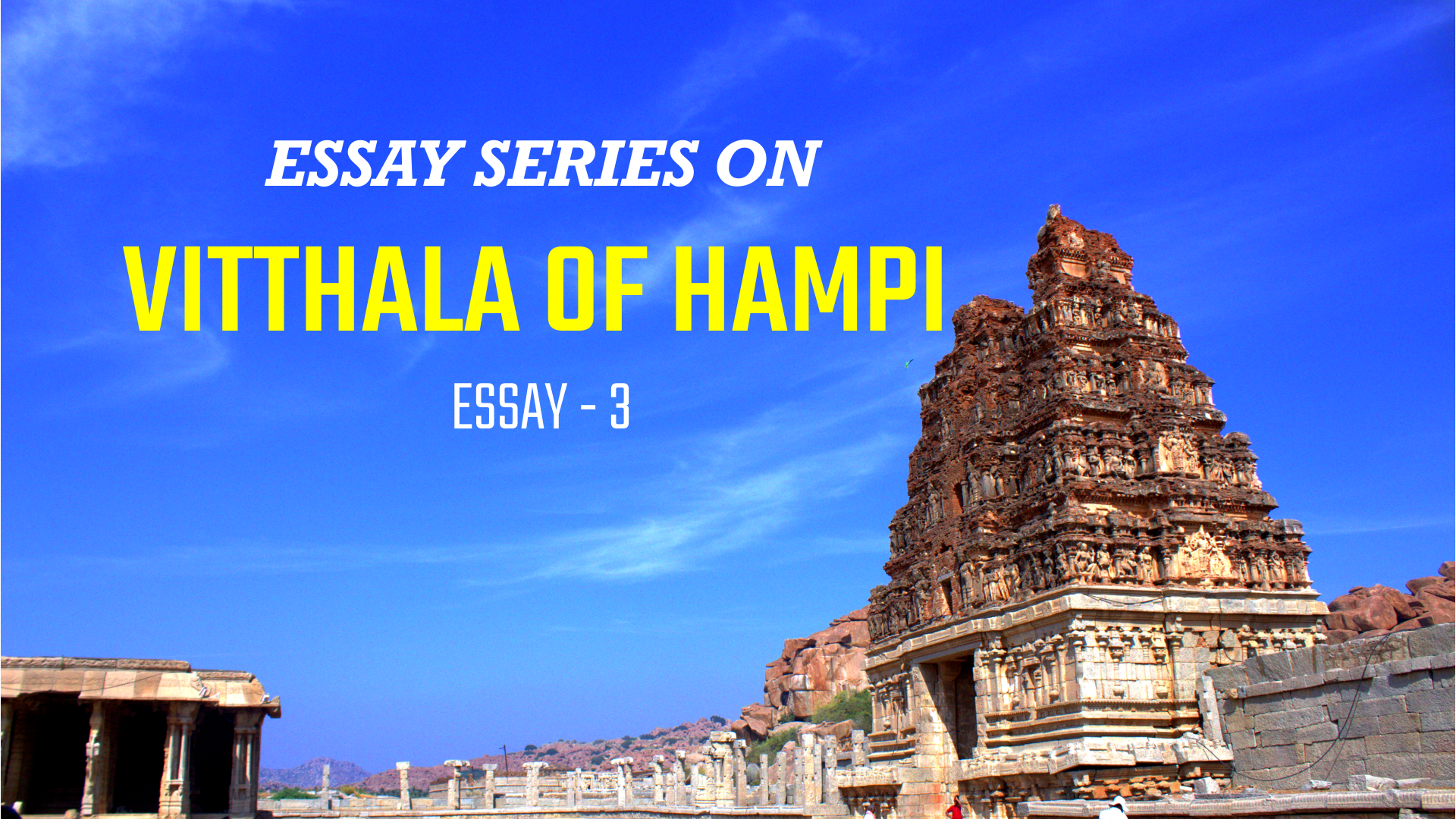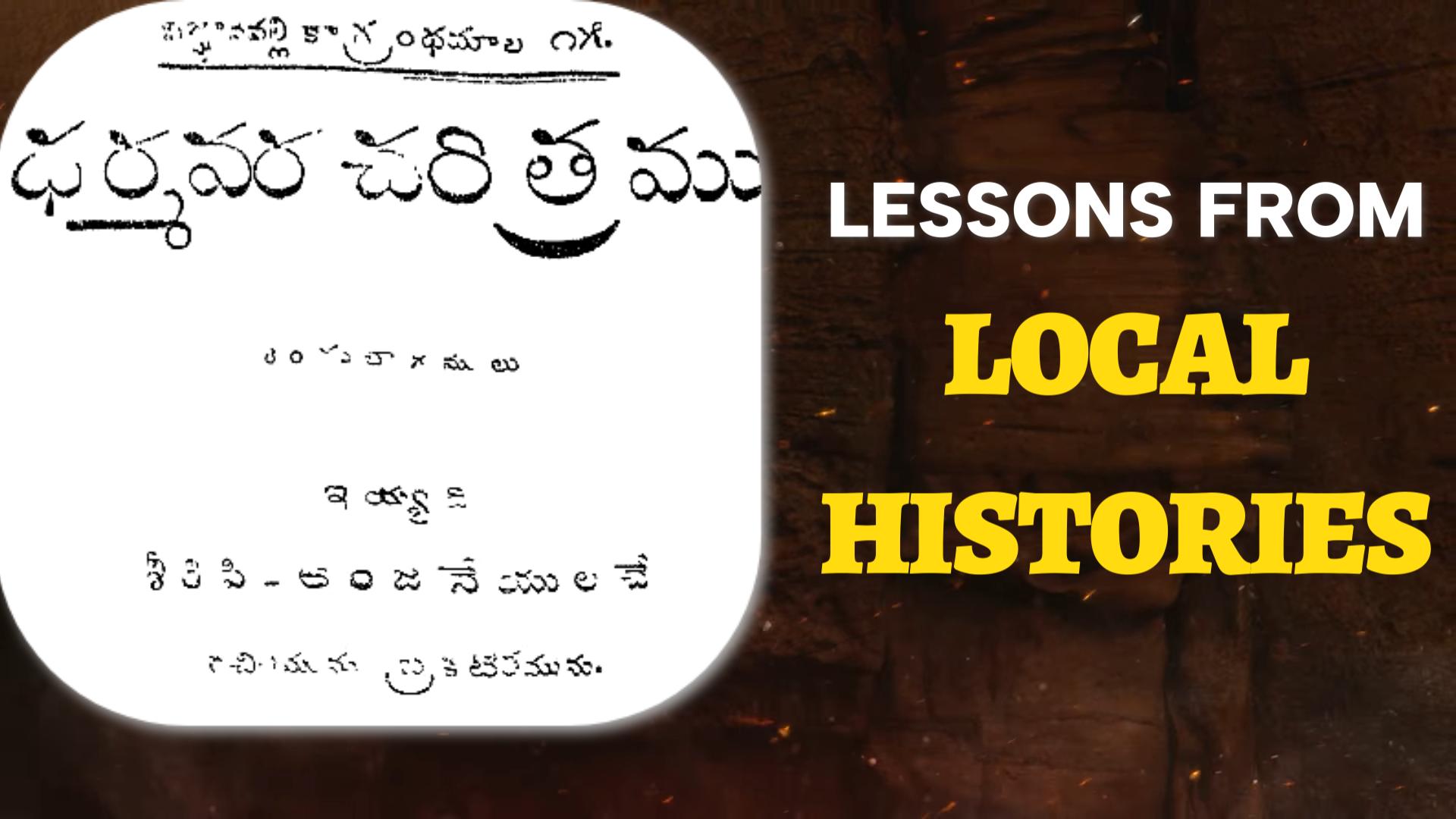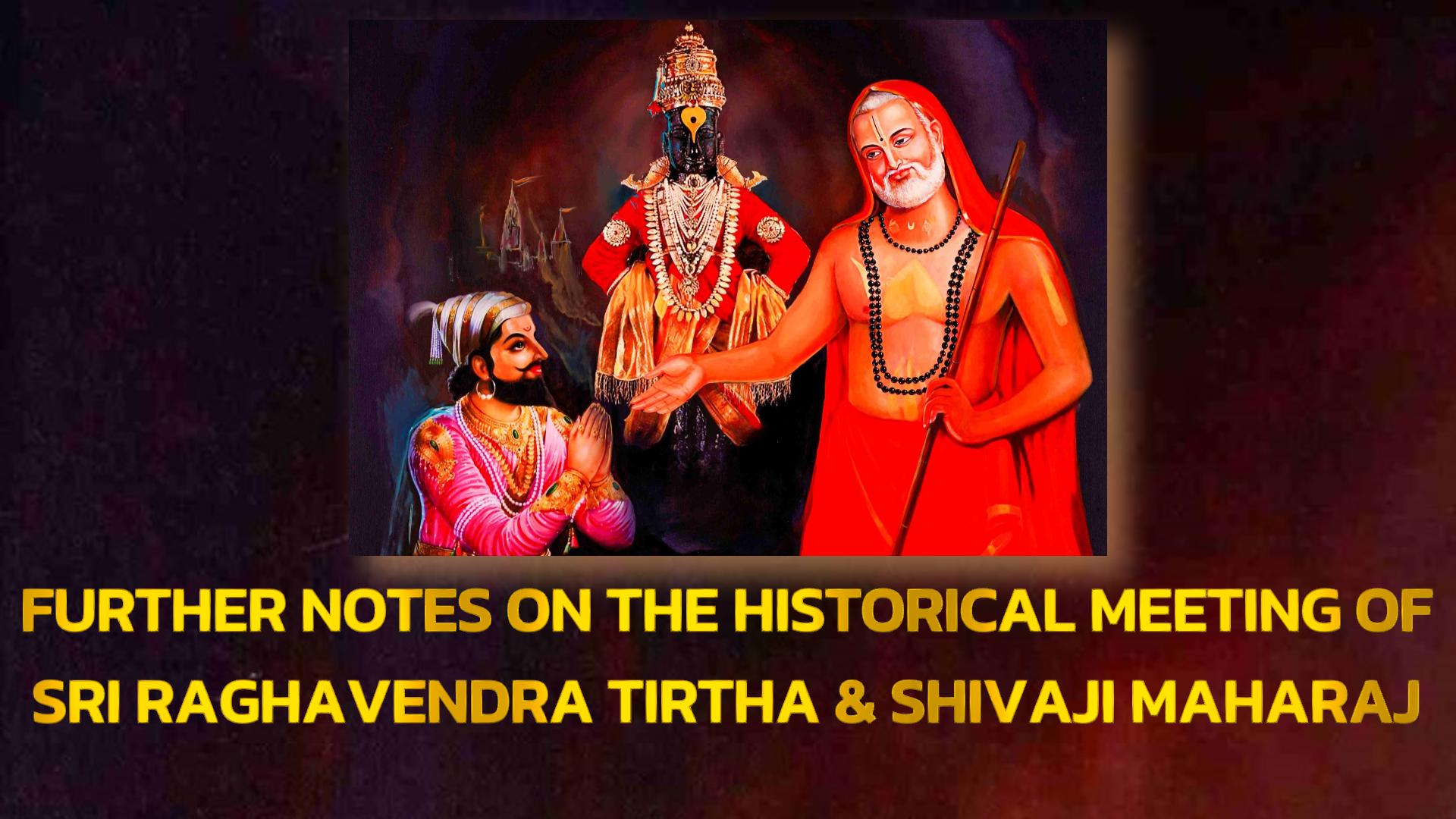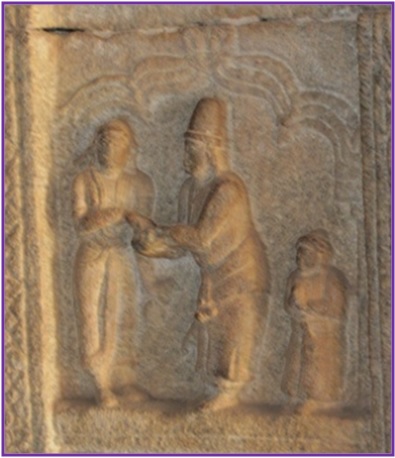HAMPI VITTHALA – REVIEW OF N. VENKATARAMANAYYA’S ARTICLE
REVIEW OF N. VENKATARAMANAYYA’S ARTICLE
N. Venkataramanayya (NV) presents a curious conclusion that the murti (icon) of Hampi Vitthala came from Tirupati and not from Pandharapur as believed.
He cites a particular samkirtana of Annamayya as the evidence for his conclusion.

But there are certain issues to accept his conclusion as a final verdict on the origin of the image of Vitthala of Hampi.
ANNAMAYYA’S SONGS ON VITTHALA:
The kirtana mentioned by NV seems to be not that of Annamayya’s but of Peda Tirumalacharya [c. 1460-1546], the eldest son of Annamayya.
See the following screenshot from a renowned Telugu website – AndhraBharati – which classifies the song under Tallapaka Peda Tirumalacharya’s name.

It also gives the useful references such as type of kirtana (Srungara), Copperplate No. (48-6) and the Volume No. (17-289).
The English translation provided by NV matches exactly with the above kirtana including the rAga but the only difference being the authorship of it.
We need not attach much importance for the debate on the author of the kirtana as both the father and son (Annamayya & Peda Tirumalayya) lived during heydays of Vijayanagara Empire. They would have frequented the capital city and wrote about the Gods living there. Hence the important issue is not about the authorship but the is about NV’s conclusions.
Following are my observations based on which I say that NV’s assumptions are false.
MY OBSERVATIONS:
In a complex issue such as identifying the origin of the icon of Vitthala, any conclusion should not be drawn based on a single source of information. But NV did the same by citing one kirtana of Annamayya as the ultimate proof of Vitthala’s image coming from Tirupati. His assumption is based on the following lines from the last charaNa:
Behold! Vitthala scatters his boons in every quarter of the city of Vijayanagara. Having come from the holy Venkata hill, Vitthala and Rukmini reside in their temple.
In fact this is not the only kirtana written by Annamayya on Vitthala in general or Vitthala of Hampi in particular.
The author of a Telugu work titled “Annamayya Sahityamlo Telugunadu” [The land of Telugu as found in Annamayya’s literature] says that the great poet has written 31 songs in total about Vitthala.
I could source 3 songs written exclusively on Vitthala of Hampi. Out of them this particular kirtana proves to be critical to assess the origin of image of Vitthala of Hampi.
Here is the complete text of the kirtana sourced from AndhraBharati website.

The 2nd charaNa begins with the word “paMDaraMgi” which is synonymous to Pandharapur. Here is the rough translation of the first line of 2nd charaNa:
Having coming from Pandaragi and showering grace up on the ignorants/illiteratets…
Thus Annamayya, who begins the 1st charaNa with the word “tuMgabhadra” on whose banks Vitthala seen standing, clearly states that this Vitthala (of Hampi) has originally came from Pandharapur.
Likewise this kirtana squarely contradicts NV’s assumption that the Vitthala & Rukmini came from Tirupati.
ANNAMAYYA SEES TIRUMALA SRINIVASA IN ALL DEITIES:
As for the allusion made by Annamayya [or Peda Tirumalayya] in the 1st kirtana that the Vitthala came from Venkatadri [Tirumala], it must be understood in its poetic sense and also should be seen from the strong devouteness of Annamayya to Sri Venkateshwara of Tirumala.
A close scrutiny of Annamayya’s literature, we can witness that he always saw Sri Venkateshwara in the deities that he took darshana and invokes Shrinivasa in the deity being seen by him.
Following are some of the kirtanas that will explain my statement more clearly.
The below kirtana was on Govindaraja Swamy of Tirupati [downhill town]. In the 3rd line of this samkirtana, Annamayya states “Sri Venkatesha in the form of Govindaraja” thus alluding Govindaraja as another form of Venkatesha.

The below mentioned kirtana was about Mandem Rayadu, a form of Vishnu worshipped at a village in present day Kadapa district (AP). Here also Annamayya says that [for him] Sri Venkateshwara has appeared as Mandem Rayadu. This doesn’t mean that the image of Mandem Rayadu literally came from Tirumala. On the other hand it must be understood that Annamayya visualised his beloved Srinivasa in the deity that he was seeing.

The below two kirtanas (3-237 & 27-436] have been written on Sowmyanatha [Keshava form of Vishnu] residing at an ancient village called Nandaluru in present day Kadapa district (AP).
In both the kirtanas Annamayya says that Sri Venkateshwara came from Tirumala to Nandaluru in the form of Chokkanatha [Sowmyanatha]. Here too Annamayya didn’t say in literal sense the icon of Sowmyanatha came from Tirumala temple but he was seeing his favourite God in the form of Chokkanatha.


Thus, it becomes clear that Annamayya was so overwhelmed with Venkateshwara that wherever he goes and whatever he sees, he imagines Shrinivasa only.
In accordance to his standard practice only Annamayya [or Pedda Tirumalayya] praised Vitthala of Hampi as “having come from Tirumala” which doesn’t necessarily mean that physical image of Vitthala came from Tirumala. We have already seen that in another kirtana, Annamayya categorically said that the Vitthala of Hampi came from Pandharapur [Pandaranga] to bestow His grace on the illiterate devotees of Him.
On the other hand, the shlokas of Sri Vadiraja on Hampi Vitthala matches with the words of Annamayya that Vijayanagara’s Vitthala came from Pandharapur.
Hence, I wish to say that the conclusion drawn by N. Venkataramanayya that the pratima of Vitthala came to Hampi from Tirumala is factually incorrect.
*****





